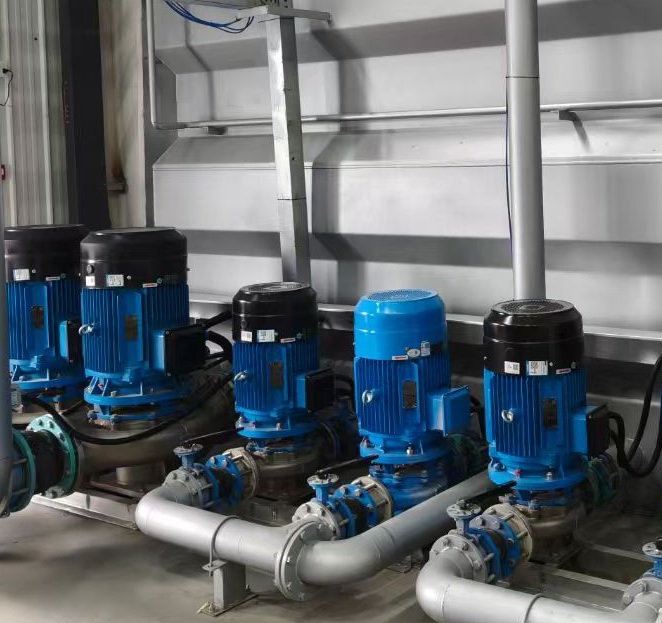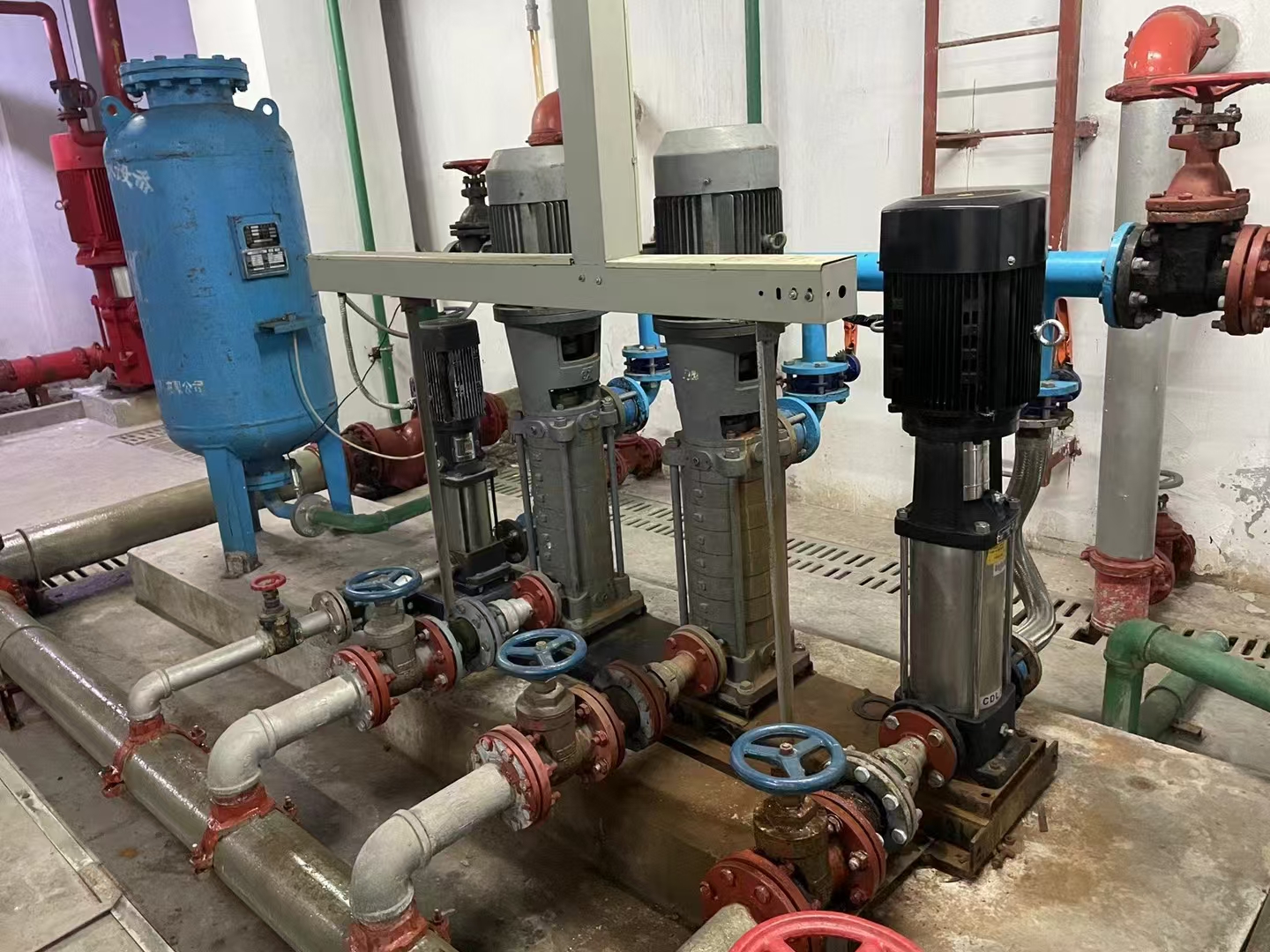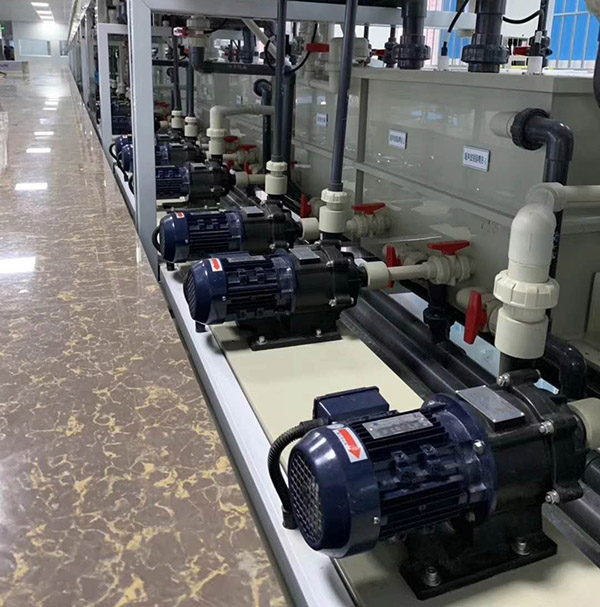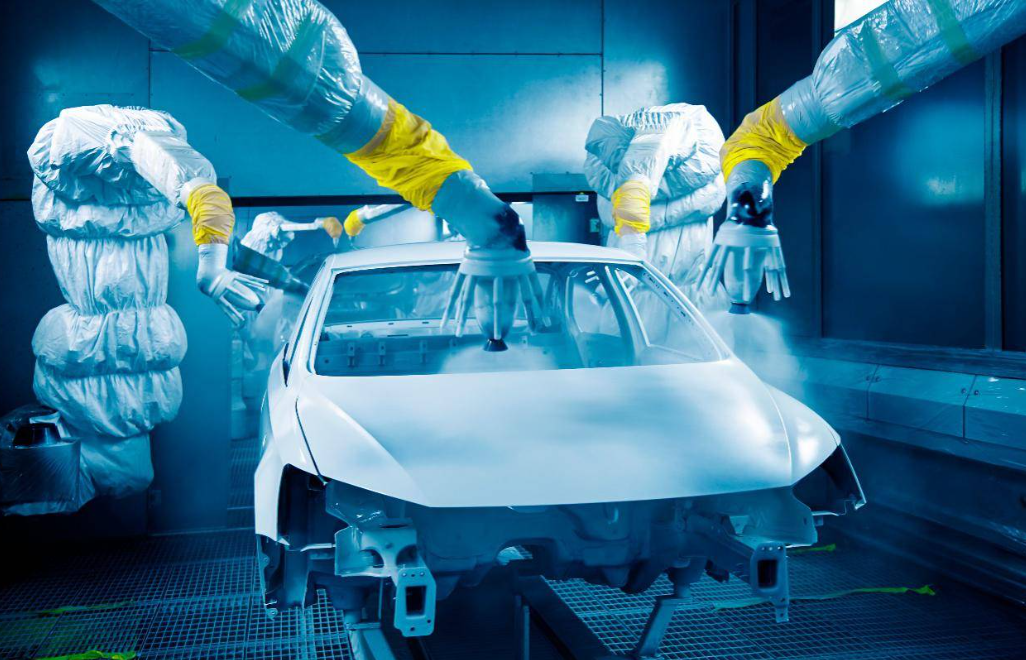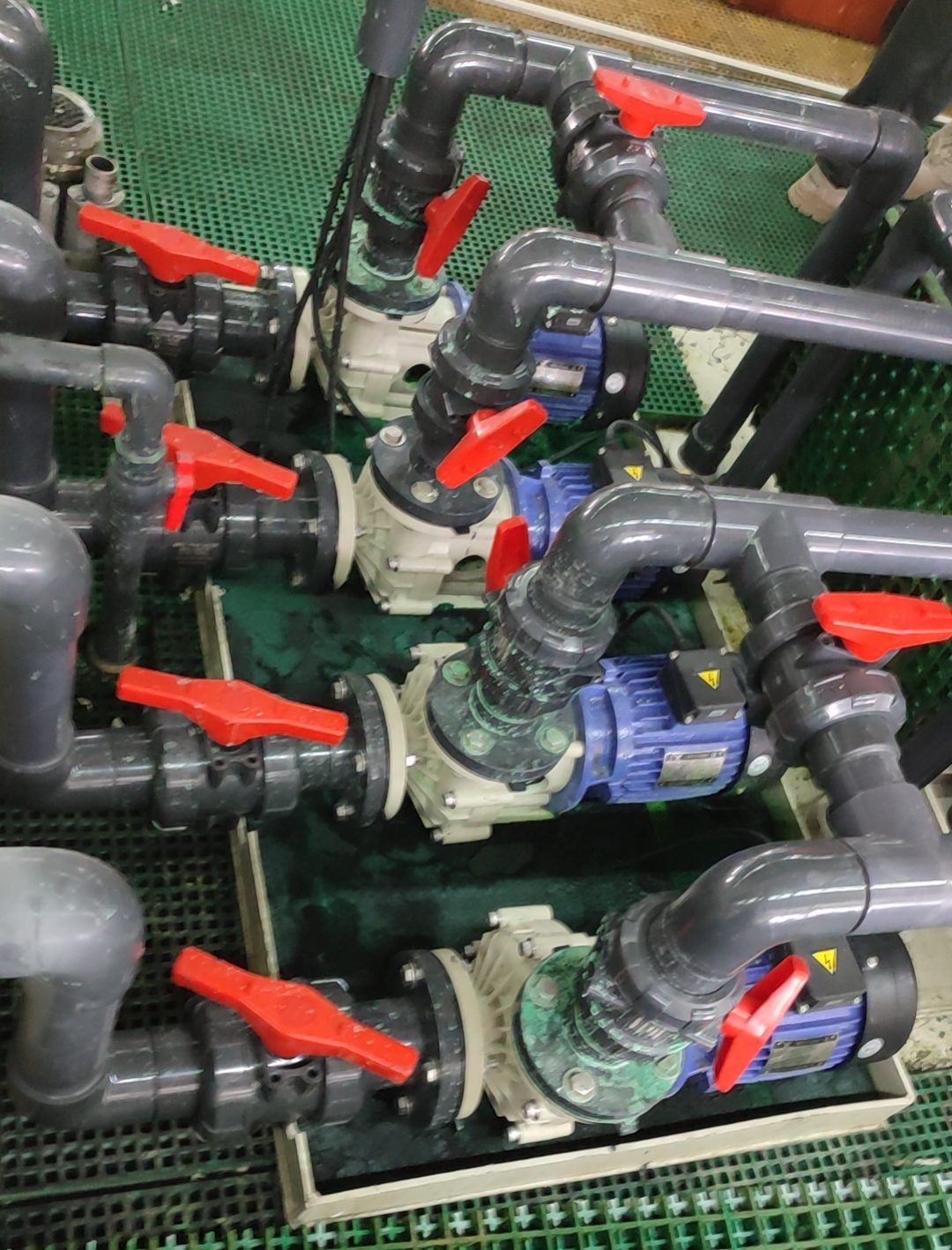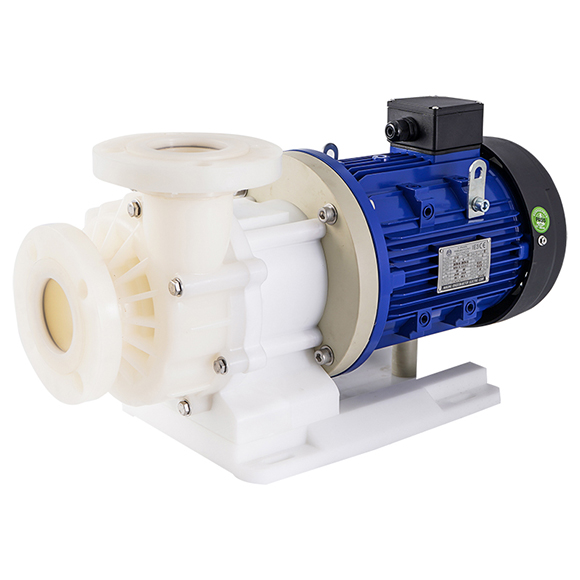Excessive vibration during the operation of a magnetic drive pump (mag drive pump) is a common problem in industrial applications. If not properly diagnosed and corrected, it can lead to severe damage to bearings, impellers, isolation sleeves, and even cause total pump failure. This article explains the main causes of vibration in magnetic pumps and offers practical solutions to restore smooth, reliable operation.
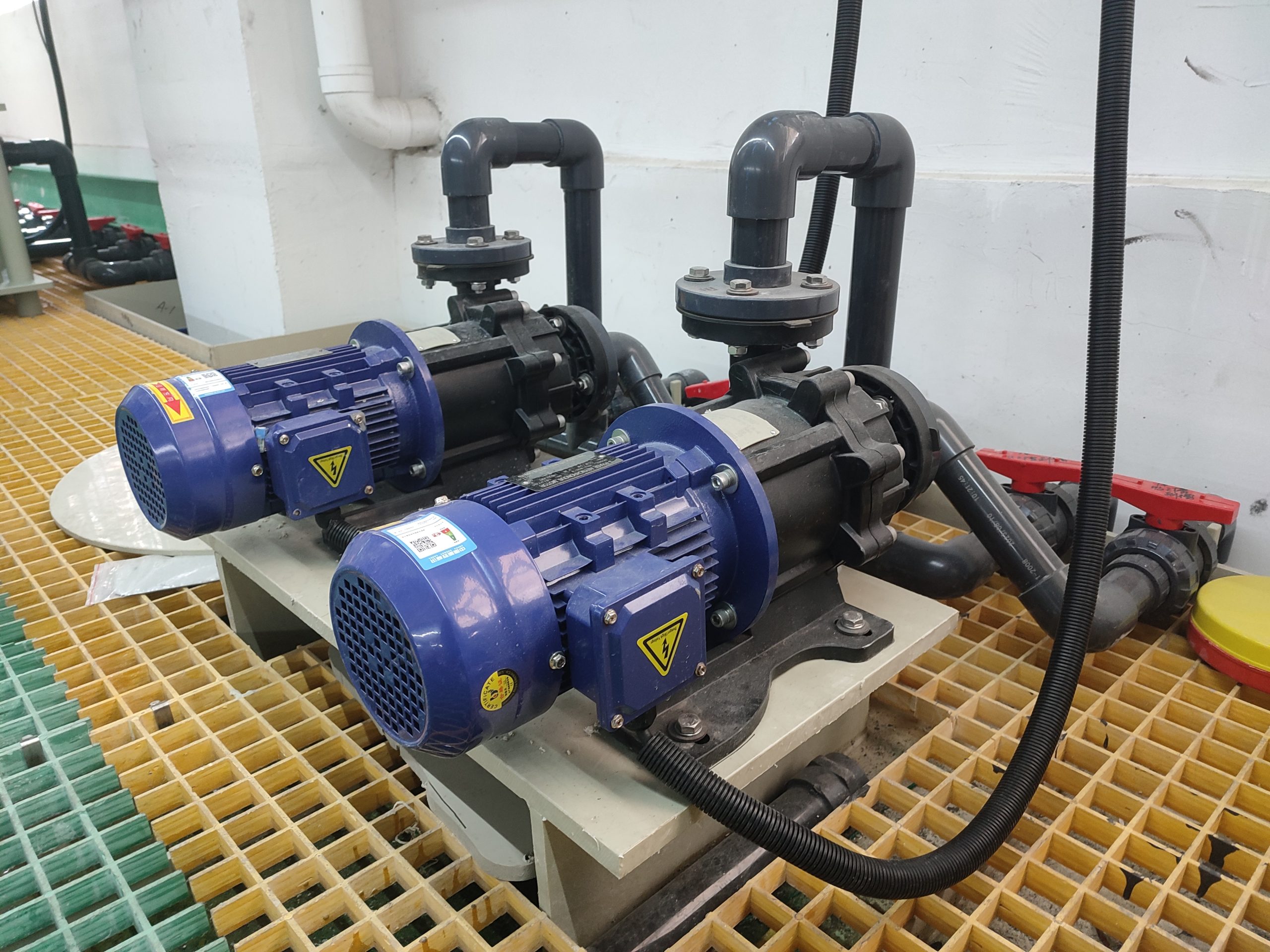
1. Mechanical Causes
1.1 Rotor Imbalance
- Cause: Uneven weight distribution due to impeller wear, scaling, or misalignment during assembly.
- Symptoms: Gradually increasing vibration accompanied by periodic noise.
- Solution: Clean the impeller and perform dynamic balancing on the rotor.
1.2 Misalignment Between Pump and Motor
- Cause: Poor installation accuracy, uneven foundation, or base settlement.
- Symptoms: Vibration concentrated at the coupling; excessive heat near the coupling area.
- Solution: Realign the pump and motor shafts, and adjust both horizontal and axial alignment.
1.3 Bearing Wear or Damage
- Cause: Insufficient lubrication, bearing aging, or contamination by foreign particles.
- Symptoms: Metallic friction noise and intense vibration.
- Solution: Replace the bearing and check lubricant cleanliness and quantity.
1.4 Rubbing Between Inner Magnet and Isolation Sleeve
- Cause: Rotor eccentricity, axial movement, or deformation of the isolation sleeve.
- Symptoms: Sharp friction or scraping noise during operation.
- Solution: Inspect the rotor assembly clearance and repair or replace the isolation sleeve if necessary.
2. Hydraulic Causes
2.1 Cavitation
- Cause: Low inlet pressure, excessive suction lift, or high suction pipe resistance.
- Symptoms: “Crackling” or “popping” sounds from the pump body, unstable vibration with fluctuating flow.
- Solution: Increase the suction head, shorten the suction pipe, and reduce pipe bends.
2.2 Operation Far from Design Point
- Cause: Flow rate significantly higher or lower than the design value.
- Symptoms: Hydraulic instability and pressure pulsation inside the pump.
- Solution: Adjust the discharge valve to bring the pump back to its best efficiency point (BEP).
2.3 Air Entrainment in the Suction Line
- Cause: Poor sealing of suction piping or low liquid level in the tank.
- Symptoms: Air bubbles inside the pump, irregular operation, and vibration.
- Solution: Inspect suction pipe joints and ensure the liquid level remains above the pump’s centerline.
3. Electrical and Installation Causes
3.1 Motor Faults
- Cause: Bent motor shaft, rotor imbalance, or electrical phase asymmetry.
- Solution: Straighten or replace the shaft, and inspect the motor windings for imbalance.
3.2 Loose Foundation or Anchor Bolts
- Cause: Long-term vibration, poor grouting, or foundation settlement.
- Symptoms: Entire pump system resonates or vibrates severely.
- Solution: Tighten all anchor bolts and re-grout the foundation if necessary.
3.3 Piping Stress on the Pump Casing
- Cause: Pipeline not independently supported, causing external force on the pump body.
- Symptoms: Vibration starts immediately after startup.
- Solution: Re-adjust the piping supports and relieve external stress on the pump.
4. Preventive Maintenance Tips
- Always fill the pump chamber with liquid before startup—never run the pump dry.
- Regularly inspect bearings, couplings, and mounting bolts for wear or looseness.
- Open and close valves slowly during startup and shutdown to prevent hydraulic shocks.
- Perform vibration analysis and dynamic balancing checks every quarter to detect early issues.


